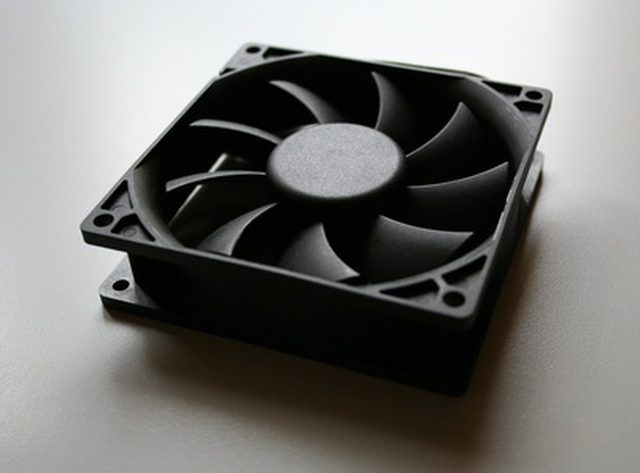Bulbs
Flower Basics
Flower Beds & Specialty Gardens
Flower Garden
Garden Furniture
Garden Gnomes
Garden Seeds
Garden Sheds
Garden Statues
Garden Tools & Supplies
Gardening Basics
Green & Organic
Groundcovers & Vines
Growing Annuals
Growing Basil
Growing Beans
Growing Berries
Growing Blueberries
Growing Cactus
Growing Corn
Growing Cotton
Growing Edibles
Growing Flowers
Growing Garlic
Growing Grapes
Growing Grass
Growing Herbs
Growing Jasmine
Growing Mint
Growing Mushrooms
Orchids
Growing Peanuts
Growing Perennials
Growing Plants
Growing Rosemary
Growing Roses
Growing Strawberries
Growing Sunflowers
Growing Thyme
Growing Tomatoes
Growing Tulips
Growing Vegetables
Herb Basics
Herb Garden
Indoor Growing
Landscaping Basics
Landscaping Patios
Landscaping Plants
Landscaping Shrubs
Landscaping Trees
Landscaping Walks & Pathways
Lawn Basics
Lawn Maintenance
Lawn Mowers
Lawn Ornaments
Lawn Planting
Lawn Tools
Outdoor Growing
Overall Landscape Planning
Pests, Weeds & Problems
Plant Basics
Rock Garden
Rose Garden
Shrubs
Soil
Specialty Gardens
Trees
Vegetable Garden
Yard Maintenance
How to Vent a Grow Room
How to Vent a Grow Room. One of the most important aspects of a grow room is good air flow. Consistently refreshed air promotes plant growth and prevents problems such as heat-related stress on plants, mildew and insects. Venting a grow room includes such tasks as calculating the room volume and fan sizes, adjusting the fan sizes for any air flow...

One of the most important aspects of a grow room is good air flow. Consistently refreshed air promotes plant growth and prevents problems such as heat-related stress on plants, mildew and insects. Venting a grow room includes such tasks as calculating the room volume and fan sizes, adjusting the fan sizes for any air flow restrictions and setting up the fans.
Things You'll Need
Intake fan
Exhaust fan
Calculate the room volume. Measure the length, width and height of the grow area, then multiply these three numbers to calculate the room volume. For example, if a room is 10 feet long, 8 feet wide and 12 feet high, the room volume is 960 cubic feet (10812).
Calculate the fan size. A cubic feet per minute (CFM) number represents the amount of air a fan moves in one minute, minus any restrictions to the air flow. A general recommendation is if your grow room is in a hotter climate, refresh the air every minute; for a cooler area, refresh up to every three minutes. For example, if your grow room is 960 cubic feet and you're located in a cooler area, select a 320 CFM fan (960/3).
Adjust CFM for any restrictions to air flow. The calculations in Step 2 are for air flow with no restrictions. If a 320 CFM fan is connected, for example, to a carbon filter tube, add 20 percent to the fan size, and if your grow room is in a hot, humid climate, add 40 percent. When selecting a fan CFM, keep in mind it's better to have more circulating air than not enough. For professional suggestions on CFM fan sizes for a grow configuration, consult with a hydroponics store.
Set up the fans. Keep in mind that hot air rises and colder air settles. Therefore, mount one fan higher inside your grow room to blow the heated air out (for example, through a window or hole in the wall to the outside). Mount another fan outside the room to blow cool air into it.
Tips & Warnings
If you'd like to be less hands-on, consider automating the room ventilation with a timer that turns on the fans at certain times throughout the day.